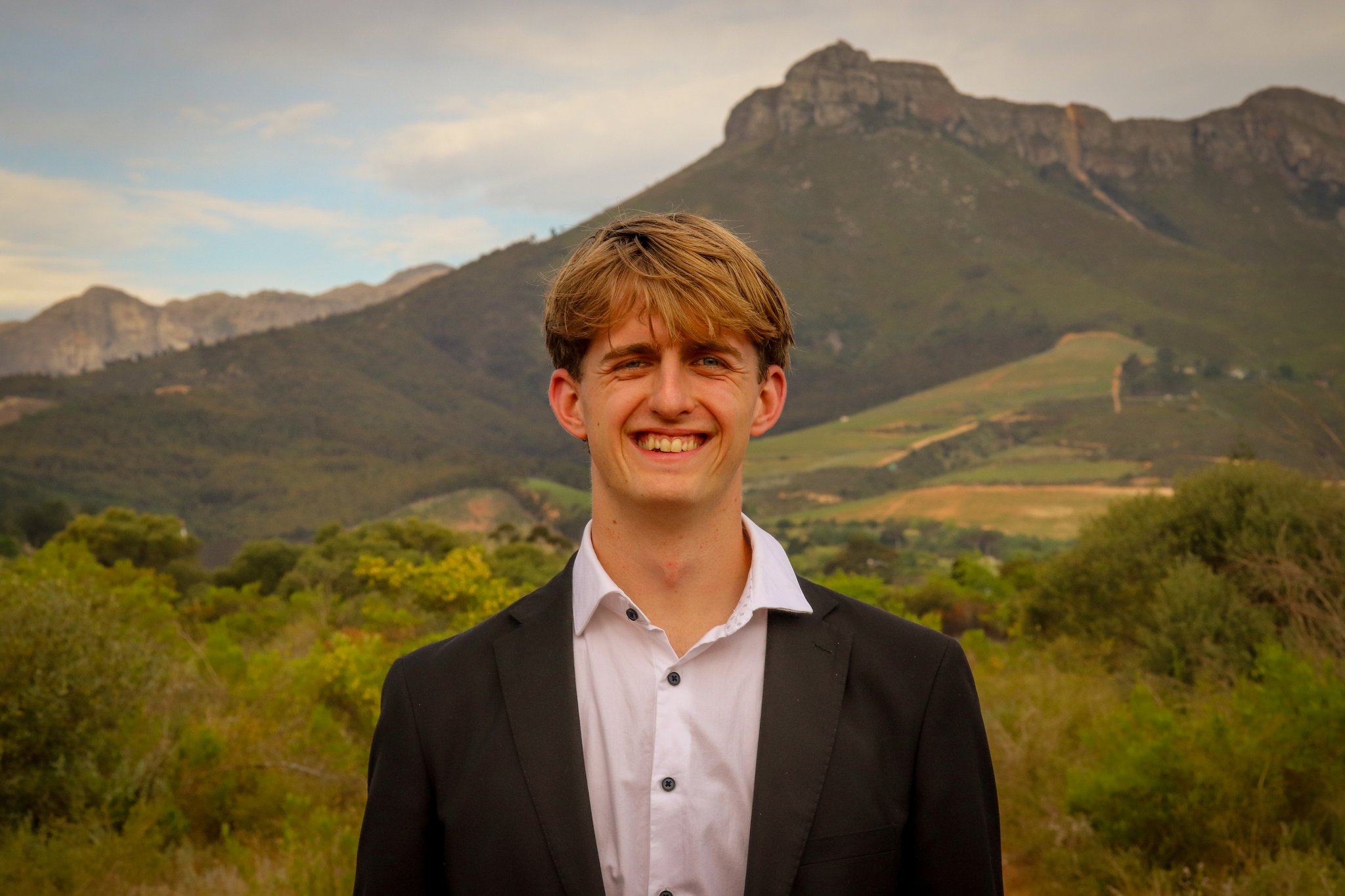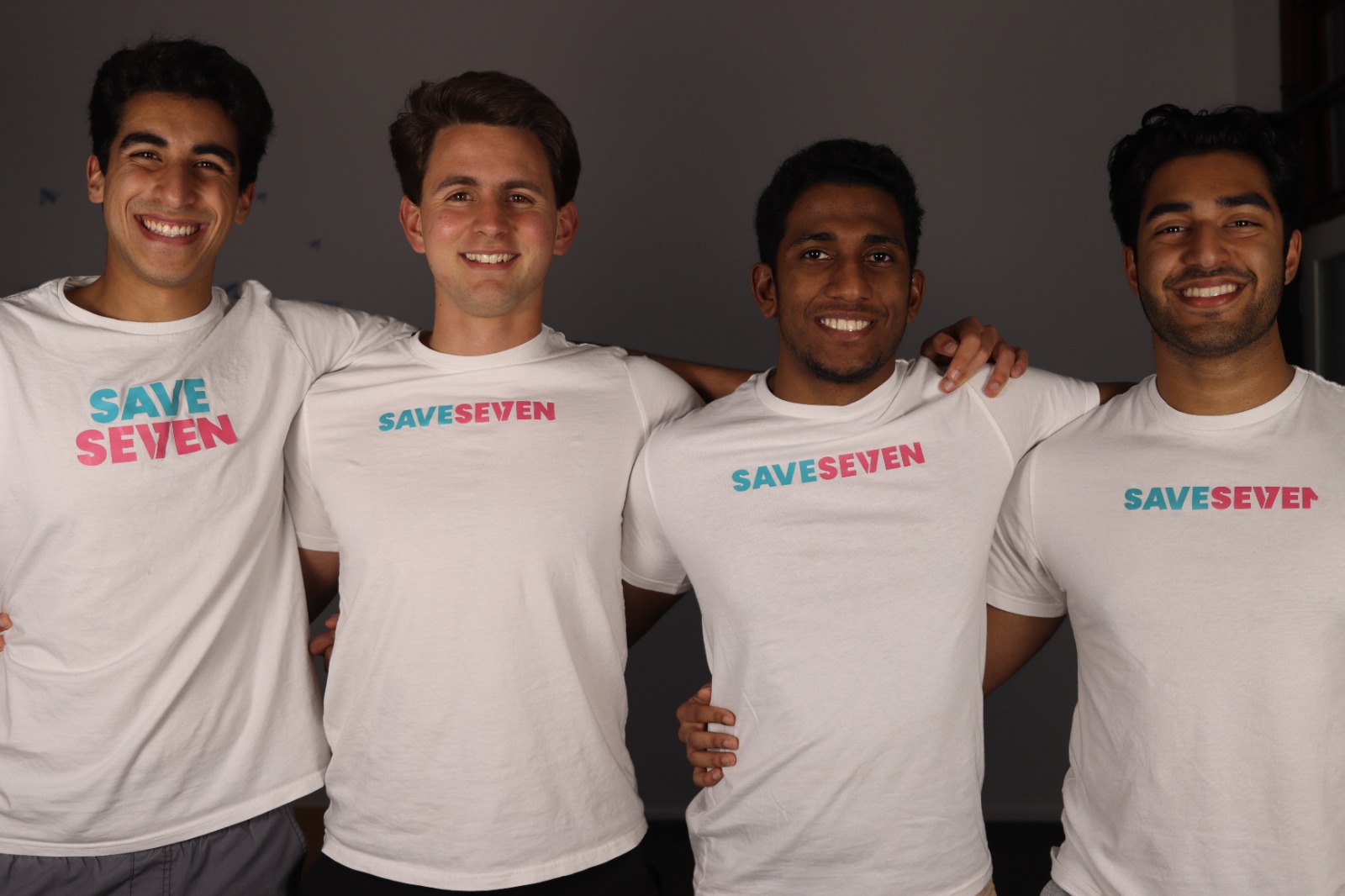In 2020, a year riddled with misinformation, rumours and myths, Australia’s chief medical officer, Paul Kelly, delivered a speech at a press conference where he reportedly told Australian listeners not to wear face masks to combat the COVID-19 pandemic. Many believe that this statement was motivated by the limited supply of face masks in the national health care system, with Kelly stating, “At the moment, we do not think that [wearing a face mask] is a good idea, partly because of that constraint of supply, but also the effectiveness in relation to people walking around with masks.” Kelly went on to say that the incorrect use of a face mask can be more dangerous than not using one at all. Multiple media platforms rapidly latched onto this, reporting to the general public that it had been confirmed by Kelly that wearing a face mask was “bad”, even though it had already been proven at the time by multiple scientific studies that masks significantly reduced the spread of the virus. This spread of misinformation posed major safety risks and likely exacerbated the spread of the disease.
During the recent academic boycott demonstrations at Stellenbosch University, protesting students were removed from Victoria Street by law enforcement with the use of stun grenades. At the time, many frightened students only heard the commotion and did not witness the event themselves. Thus, loud popping noises, students fleeing in fear, and the smell of smoke in the air led countless students to believe that tear gas had been used to end the protest – with some students even claiming that protestors had been shot at with rubber bullets. This false information was almost instantly spread on social media and various WhatsApp groups. While the use of stun grenades by SAPS has been widely criticised as excessive in the context of such a peaceful protest, the initial belief that tear gas and rubber bullets had been used, spread utter outrage, panic and fear among students – which further fueled tensions and led many disadvantaged students to feel as though they were being further silenced with excessive force.
Fake news, as a phenomenon, thrives on and sustains uncertainty. It is human nature to attempt to understand and rationalise “unexplained” events that occur around us. This becomes harmful fake news, however, when these rationalisations are published as fact by media outlets or spread on social media platforms without being properly fact-checked. Information with compromised validity being spread often causes false alarm, and at times further escalates social issues. Many news websites or social media platforms have an unfortunate habit of taking newsworthy events and colouring them with heavy strokes of sensationalism or even false information. It is thus very important for consumers of media to be able to spot fake news before we contribute to the spread thereof. Thus, maximising truth through factual reporting might be a particularly productive exercise for accurate reporting.

According to a worksheet published by the National Oceanic and Atmospheric Association, titled “How to Identify Fake News in 10 Steps”, “Fake news articles often push one viewpoint, have an angry tone, or make outrageous claims.” Normally, if an article does not seem fair, balanced, or reasonable, it is not reliable. Anonymous writers, sources, or no sources at all, also often point to the information being heavily skewed. It is always important to make use of accredited media outlets and fact-check by looking for other articles on the same event. Fact-checking websites such as FactCheck.org, Snopes.com, and PolitiFact.com are reliable ways to ensure that the information you are consuming is true.
Sensationalism, the parent of fake news, makes use of purposefully exaggerated headlines, subtitles and styles to provoke attention and encourage media users to visit websites, buy papers, read their items, and thus consume their written product to generate profit. This is particularly common in so-called ‘fringe media’ sites (news-sharing sites which aren’t mainstream and often tend to follow their own agenda by painting the world a certain way). It is important to stay vigilant and skeptical; do not fall victim to misinformation and media which is generated to cause fear, hatred or anger.
By Inge van der Westhuizen and James Laing



